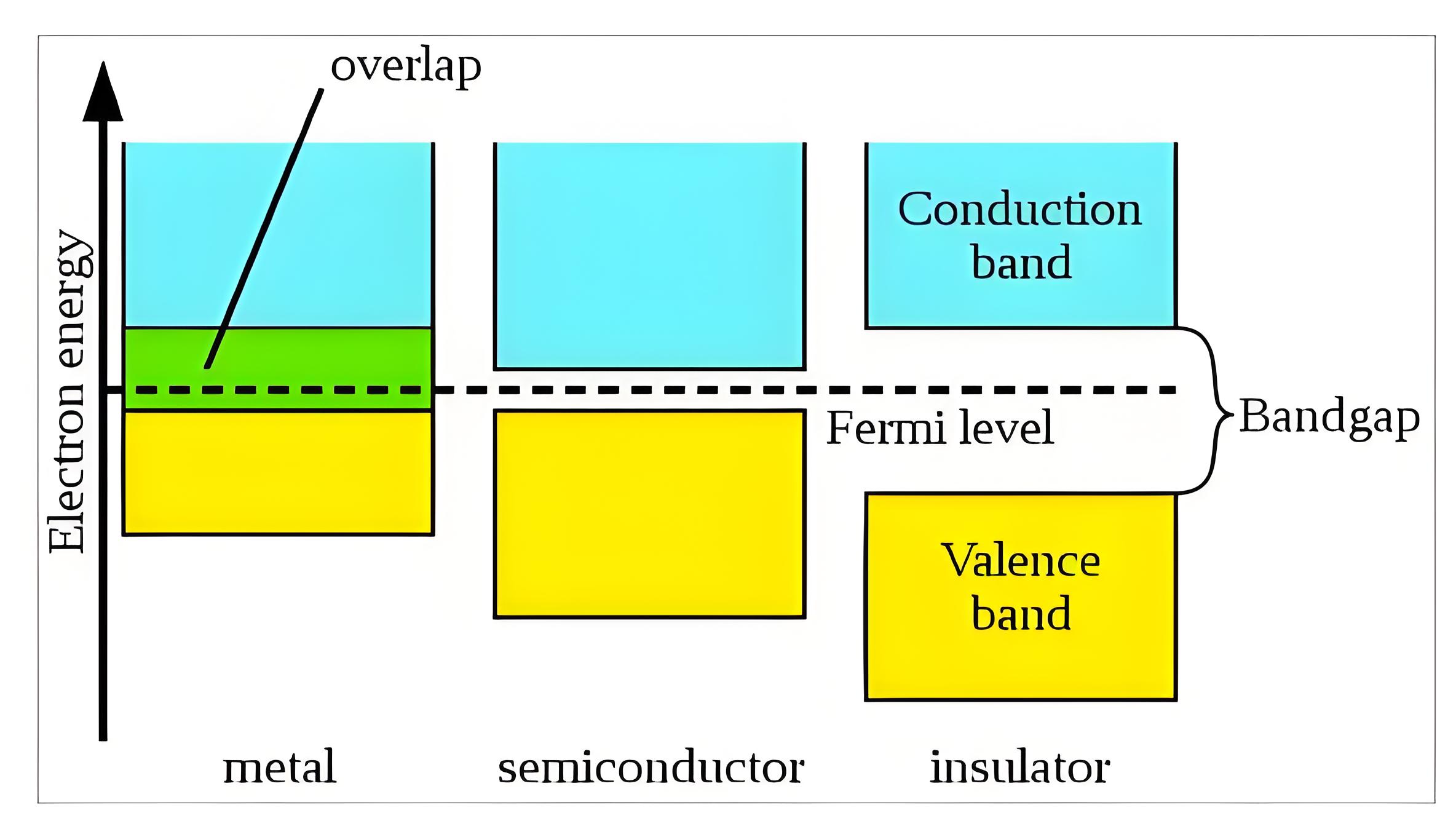What is Electrical Conductance?
What is Electrical Conductance?
The definition of conductivity
This property determines how easily the current flows through the conductor. As we all know, resistance is a property of a conductor that resists current flowing through it. This means that the conductivity is the reciprocal number of resistance. In general, the conductivity is expressed as

The definition of conductivity
Conductivity is defined as the ability of a material to conduct an electric current and is determined by its specific properties.
Energy band theory interpretation
The electrons in the outermost orbital of the atom are least attracted. So the outermost atom is easily separated from the parent atom. Let's explain the details with a theory.
When many atoms are clustered together, the electrons of one atom are subjected to the forces of other atoms. The effect is most pronounced in the outermost orbits. Because of this force, the well-defined energy levels in isolated atoms are now broadened into energy bands. Because of this phenomenon, two bands are usually produced, namely valence band and conduction band.
Metal
In metals, tightly packed atoms cause electrons to be subjected to forces from nearby atoms, bringing valence and conduction bands close together or even overlapping. With very little energy input from heat or electricity, electrons move to higher energy levels and become free electrons. When connected to a power supply, these free electrons flow to the positive terminal, generating an electric current. Metals have a high density of free electrons, making them excellent conductors with high electrical conductivity.

Semiconductors and insulators
In a semiconductor, the valence and conduction bands are separated by a forbidden gap of sufficient width. At low temperatures, no electron has enough energy to occupy the conduction band, so no charge motion is possible. But at room temperature, it is possible for some electrons to provide enough energy and make a transition in the conduction band. At room temperature, the electrons in the conduction band are not as dense as in metal, so they cannot conduct electricity as well as metals. Semiconductors are not as conductive as metals and not as conductive as electrical insulators. That's why this type of material is called a semiconductor - meaning semiconductor.
The Electricity Encyclopedia is dedicated to accelerating the dissemination and application of electricity knowledge and adding impetus to the development and innovation of the electricity industry.













